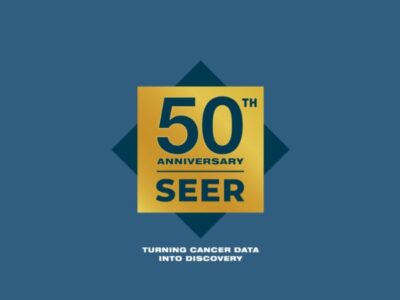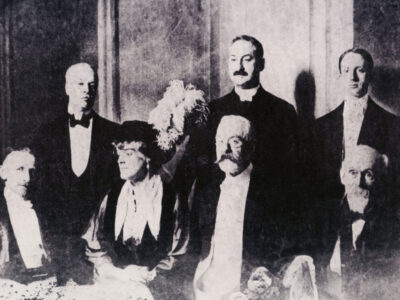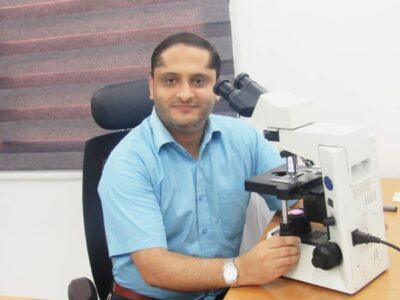NCI’s Surveillance, Epidemiology, and End Results Program in the Division of Cancer Control and Population Sciences at NCI is marking 50 years of cancer surveillance.
Worta McCaskill-Stevens, MD, died on Nov. 15 from complications from a sarcoma. She was 74.
Worta McCaskill-Stevens, MD, a medical oncologist, former director of the NCI Community Oncology Research Program (NCORP), and a tireless champion of addressing cancer disparities, passed away peacefully on Nov. 15. We share our deep condolences with her family, friends, colleagues, and those she impacted in her accomplished and inspirational career.
2023 marks the 110th anniversary of the founding of the American Cancer Society.
Michelle A. Rudek, a professor of oncology and director of the Analytical Pharmacology Shared Resource at Sidney Kimmel Comprehensive Cancer Center, died Nov. 7. She was 51.
John Carpten, when he was named director of the City of Hope Comprehensive Cancer Center in April, took over a massive, newly formed national oncology network—the first of its kind.
On Oct. 13, 2023, the world mourned the loss of Dr. Mohammed Dabbour, an exceptionally kind and dedicated individual with aspirations. I was deeply saddened to learn about the tragic passing of a colleague, along with several members of his family, including his son and father.
George SantosGeorge Santos, founder of Johns Hopkins University Bone Marrow Transplantation Program, pioneered many of the innovations used in bone marrow transplantation that are relevant today—but he didn’t get nearly as much credit as others working in the field.
About 12 children with cancer or other blood disorders have been evacuated, with their companions, from the Gaza Strip in the occupied Palestinian territory to Egypt and Jordan so they may continue their treatment safely. Additional children are expected to be evacuated for cancer treatment as part of this initiative.
This exhibition traces the history of efforts by the tobacco industry to encourage women to smoke cigarettes.














